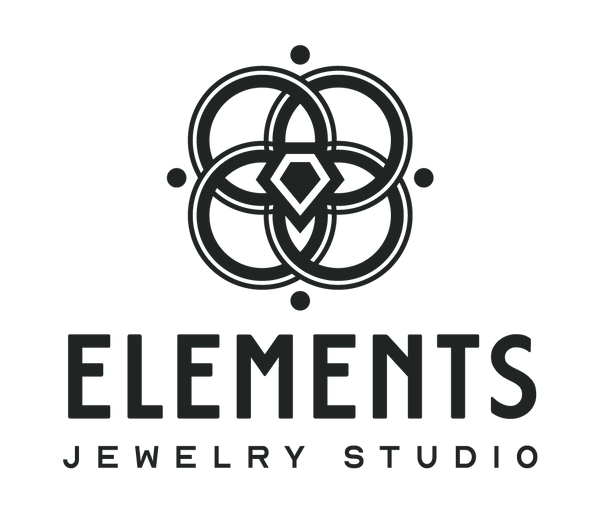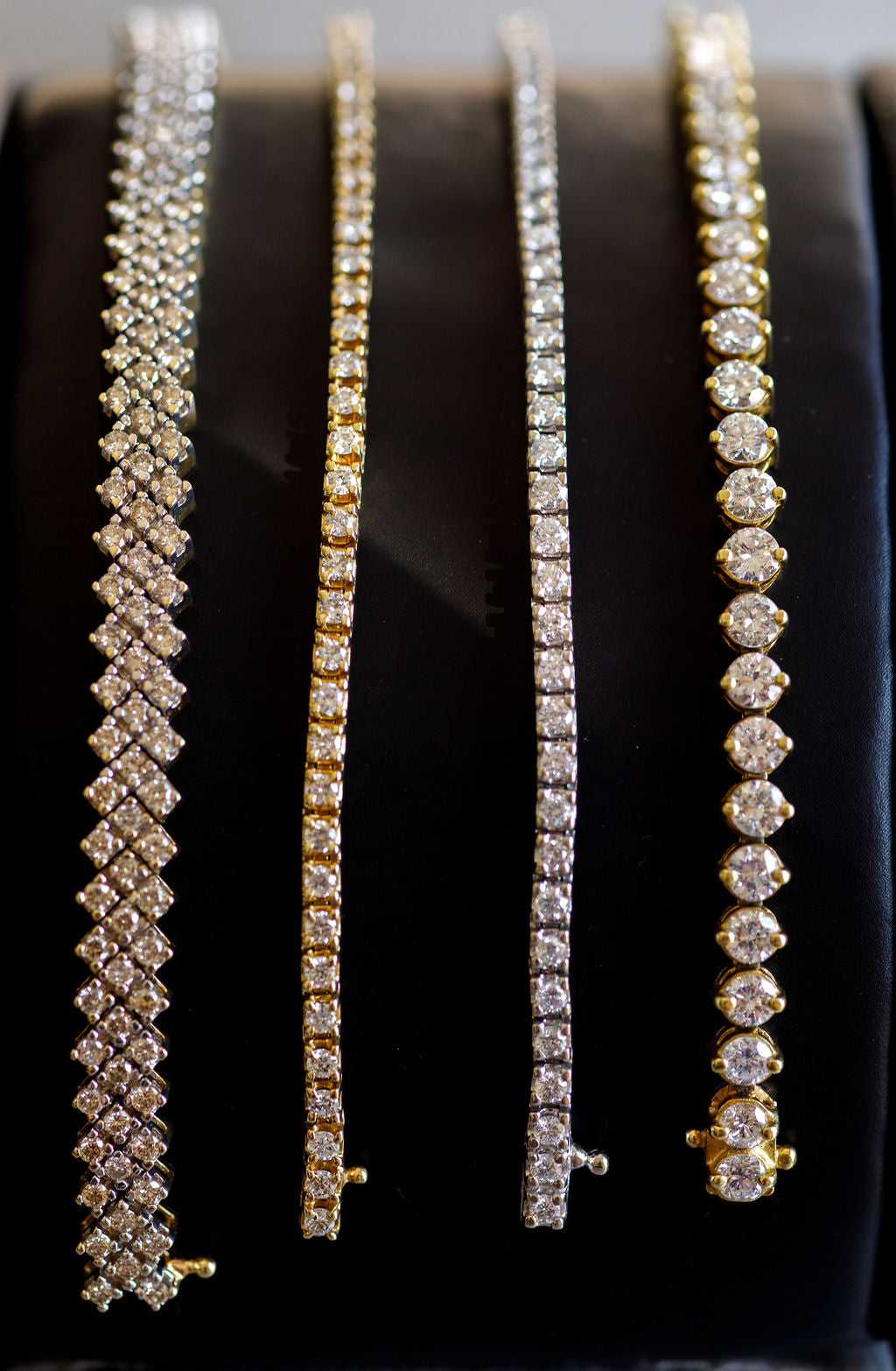Have you ever wondered what makes a piece of jewelry truly extraordinary? The answer lies in the Four C's – Cut, Color, Clarity, and Carat Weight. These four essential factors serve as the foundation for evaluating the quality and beauty of diamonds and gemstones.
CARAT
This is simply the weight of the stone. A carat is made up of 100 points; therefore, a 75 point stone is ¾ carats. The “total carat weight” of a piece of jewelry encompasses the entire stone weight including the center stone and all surrounding stones.
CLARITY
Diamonds form under the tremendous pressure and extreme heat deep in the Earth, most contain individual internal or external features even in their polished state. These features are the stone’s clarity. No two diamonds are alike, they have positive identifying characteristics that can be viewed (under 10 x magnifications) and graded on a clarity scale. Like a birthmark, inclusions in your diamond make it completely unique. A diamond’s clarity is determined by the number, type, size, position and color of the inclusions. The fewer the inclusions, the higher the clarity grade and price. GIA uses 11 clarity grades ranging from Flawless, VVS (Very, Very, Slightly Included), VS (Very Slightly Included), SI (Slightly Included), to I (Included).

COLOR
While diamonds often appear colorless, they may actually contain subtle yellow or brown tones that will affect their value. The closer a diamond is to colorless the more valuable it becomes. Diamonds with no hint of color are very rare. Diamond color grades start at D (colorless) and continue through Z (yellow/brown). However, until after the H-I range, the stone will appear colorless.
CUT
A diamond’s cut is, in our opinion, the most important characteristic. While nature determines a diamond’s clarity and color, it’s the skill of the diamond cutter that releases the stone’s fire, sparkle and beauty. Examples of types of cuts include Emerald, Pear, Cushion, Round Brilliant, Princess, Marquise, Radiant, Oval, and Asscher cut. A diamonds “make” is in reference to its cut and proportion, i.e. excellent, very good, good and fair. How well a diamond is cut is where most of its intrinsic value lies. A well-proportioned diamond refracts light from one facet to another, creating a shimmering brilliance. Ideally, diamonds should be cut so that all of the light that enters the top of the stone is reflected back outwards toward the viewer. Diamonds that are cut too deep or too shallow allow light to escape the stone at an incorrect angle or at the bottom, causing the diamond to lack brilliance. Pay particular attention to cut because it can make a huge difference in the beauty of your diamond.
CERTIFICATION
This could be considered the fifth C. Certifications are quality reports that clearly define the characteristics of a stone. They do not establish values but make it easier as a consumer to know what you are getting. There are many reputable sources for certification with the GIA being the most well-known and respected. The GIA is an unbiased, non-profit organization, which established the world’s most recognized, and accurate system for grading diamonds. While GIA is the most widely recognized laboratory, there are numerous other laboratories, including the American Gem Society (AGS), the European Gemological Laboratory (EGL) and the International Gemological Institute (IGI). A certified stone can sometimes cost a little more but can be worth the expense because you are getting the peace of mind that you are buying a stone that is properly graded and valued.
Of course the ideal diamond would have the best of all of the C’s but that isn’t always in a consumer’s budget. We recommend trying to get a good mix of each category but being aware of the characteristics of diamonds can help you decide where you want to put your emphasis. A little bit of education before the purchase will help to get the ideal stone for you.

